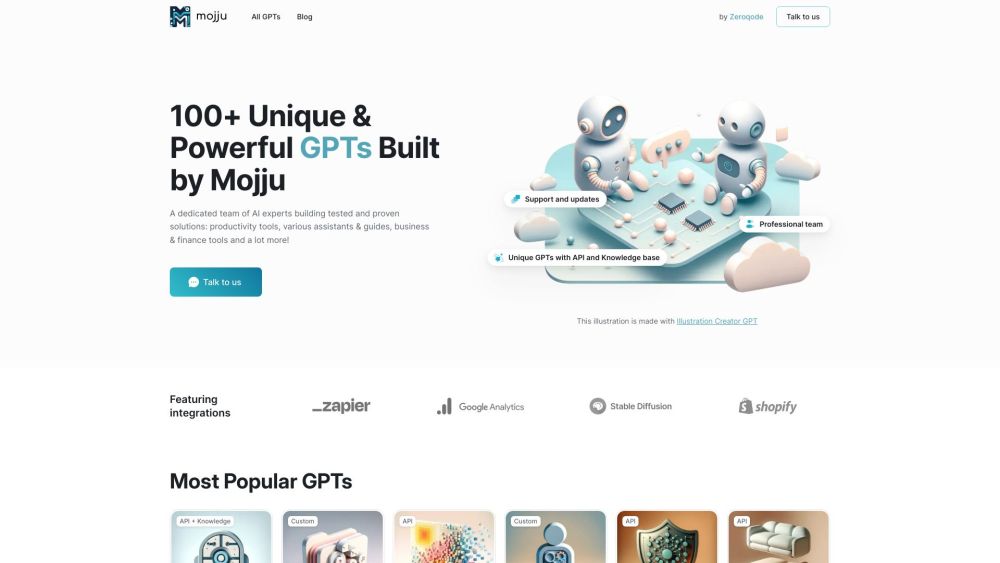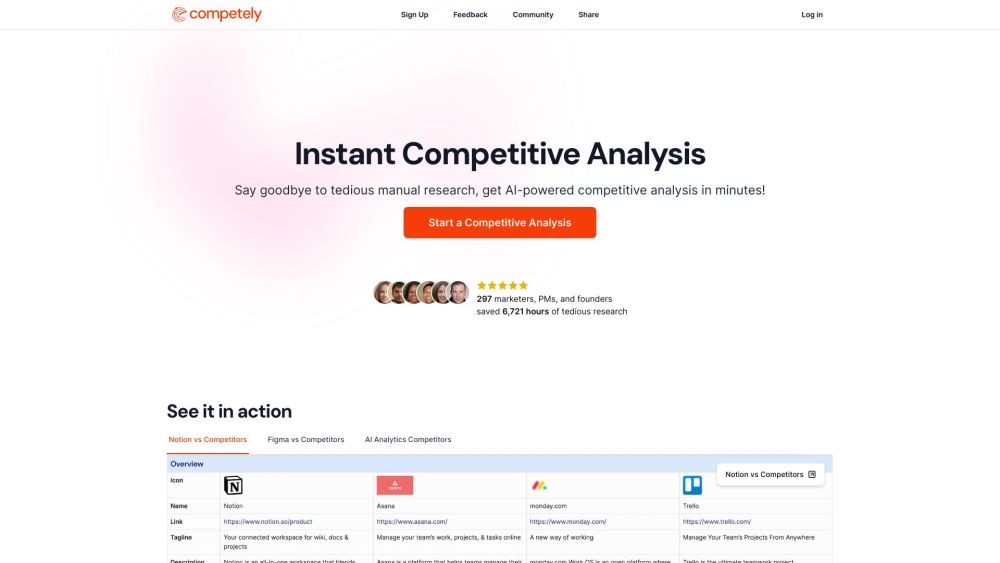Researchers at MIT’s CSAIL division, known for its expertise in computer engineering and AI, have developed two advanced machine learning algorithms capable of detecting pancreatic cancer more effectively than existing diagnostic methods. Together, these models comprise the "PRISM" neural network, specifically targeting pancreatic ductal adenocarcinoma (PDAC), the most common type of pancreatic cancer.
Currently, the standard screening criteria for PDAC only identify about 10% of cases diagnosed by healthcare professionals. In contrast, MIT's PRISM was able to detect PDAC cases 35% of the time. While employing AI for diagnostic purposes is not new, PRISM distinguishes itself through its innovative development process. The system was trained using a vast and diverse dataset of electronic health records from healthcare institutions across the United States, incorporating information from over 5 million patients. This extensive dataset enhances its predictive accuracy and sets it apart from other PDAC models, which typically draw from limited local data. “The model uses routine clinical and lab data for predictions, and the diversity of the US population represents a significant advancement,” noted Kai Jia, a senior author of the research.
The PRISM project has been in development for over six years, driven by the urgent need for early PDAC detection, as approximately 80% of patients are diagnosed at advanced stages of the disease. The AI analyzes a range of factors, including patient demographics, medical history, current and past medications, and lab results. By synthesizing this information, PRISM predicts the likelihood of cancer based on various risk factors and patient age.
Despite its promising capabilities, PRISM is currently limited to use within MIT laboratories and a select group of patients in the US. The challenge ahead involves scaling the technology to incorporate more diverse datasets and potentially global health records to enhance accessibility.
This effort marks MIT's ongoing commitment to advancing cancer diagnostics through AI. Previously, the institute successfully developed models to predict breast cancer risk using mammogram data. Experts have indicated that broader and more varied datasets lead to an improved diagnosis across different races and demographics. Continued refinement of AI models for cancer risk prediction could not only enhance early detection and patient outcomes but also alleviate the burden on overworked medical professionals. The growing interest in AI diagnostics has even attracted major tech firms like IBM, which are exploring innovative solutions, including AI programs to detect breast cancer a year in advance.




